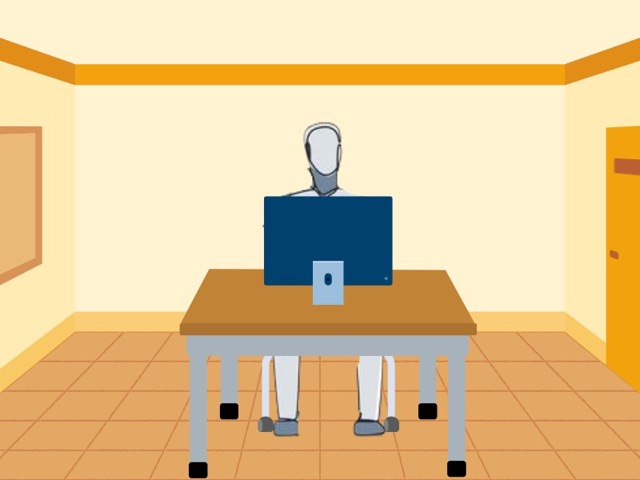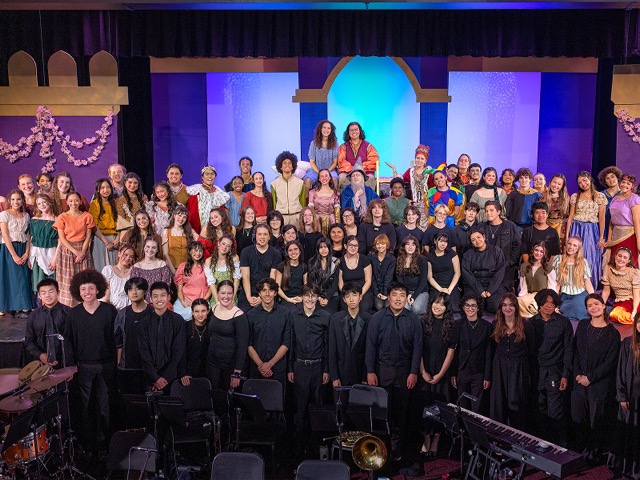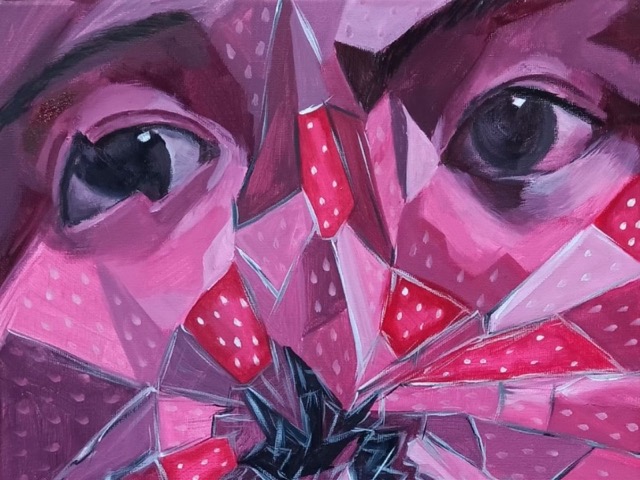Like any tool, AI can help or hurt you depending on how you use it. At school, there are boundaries on AI usage to keep you from falling into the trap of plagiarism.
Some ways to use AI are flat-out dangerous to your academic career. Asking Chat-GPT to write an essay for you in a pinch may seem like a great timesaver, but the consequences could be serious.
AI can interrupt the learning process. You won’t get the benefits of education if you let AI do the heavy lifting. “A lot of teachers will ask students about their work,” said computer science and English teacher Jake Read. “If they can’t explain it, it’s clear it’s not their work or they don’t understand it.”
Plus, some teachers use a Chrome extension for Google Docs called Draftback to check that you aren’t using AI to cheat.
“Draftback produces a little video so you can watch in real time as kids type and delete, type again and delete,” said principal of academics Nicole Read. “If all the sudden boom, something pops in, then you know someone copied and pasted from somewhere.”
According to the Student/Parent Handbook, turning in AI composed work as your own, especially without permission, leads to Behavioral Intervention and could affect your overall grade. Plagiarizing by using AI could also result in expulsion from higher education schools.
In other cases, AI can help you learn. The AI software Brisk Boost, for example, lets you have a conversation with an AI that will read a document and ask you a set questions about it. Some teachers use this software in assignments. You can also give an AI your study guide and ask it to test you, or a rubric to ask what’s missing from your assignment.
Unless you have permission from a teacher, be cautious and ask for clarification.

 The Art of Production: Once Upon A Mattress
The Art of Production: Once Upon A Mattress